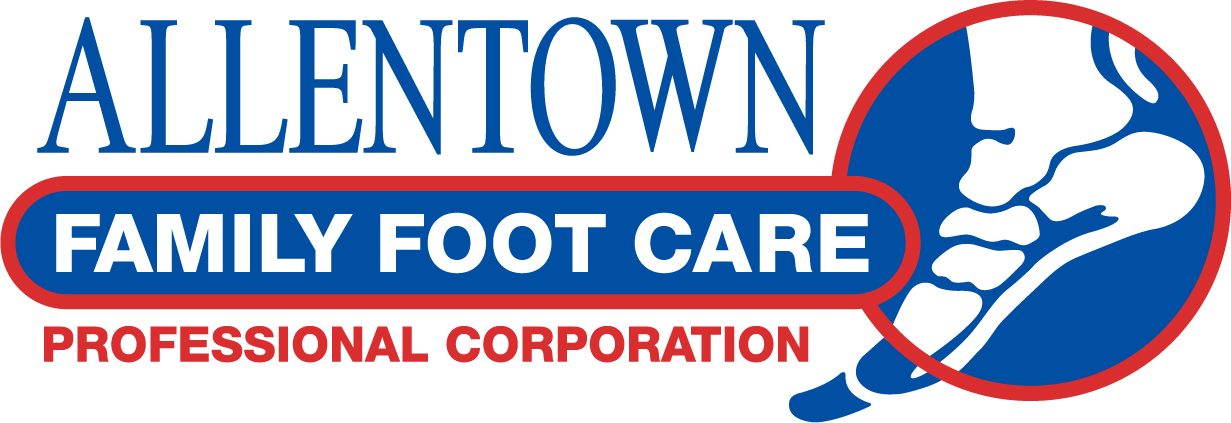When I started podiatry school I did not know that my medical expertise would come in handy at home as well as formally in my practice. When my son Thaddeus was born with Down syndrome, I was grateful to have my medical education to help me understand all of his medical conditions. As a podiatrist, I am especially concerned with conditions that affect the foot and ankle. Even though there are many pressing medical issues that may arise in patients with Down syndrome, I believe that all concerns small and large should be addressed. I will share with you the common foot conditions that are encountered in this patient population.
Most of the foot concerns are associated with the generalized hypotonia (low muscle tone) and ligamentous laxity seen in this population caused by a defect in collagen production. This causes significant orthopedic concerns from the foot to the knees, hips and back. The poor alignment affects the posture of foot, ankle, knees, hips and back and all can become symptomatic.
Pronation (flatness of the arch) throughout the ankle and foot causes fatigue and inefficient operation of the musculature controlling the foot and ankle. This significantly impacts the patient’s ability to walk and maintain stamina, exercise and participate in community activities. This hyperpronation can be controlled with a special shoe insert called an orthotic that is placed in the shoe and supports the foot and ankle. The orthotic device helps to support the arch and make the muscles in the legs work more efficiently. Physical therapy can also be an effective adjunct treatment to orthotics in order to strengthen muscles that affect the foot and ankle.
Excessive pronation can also lead to foot deformities such as bunions and hammertoes, which are both due to muscle imbalances that gradually worsen over time. These conditions can make shoe fitting difficult and can cause pain, which may also lead to poor ambulation and decreased stamina. Bunions and hammertoes can be treated conservatively with supportive shoes, softer top shoes and supportive orthotics. Surgical intervention is also an option when conservative treatment has been exhausted.
Additional concerns are associated with self-care skills and usually affect the skin. Both athlete’s foot and fungal nail concerns are very prominent in this population. Antifungal powders can be used in shoes and on the feet to topically reduce the fungal count on the skin and on surfaces in contact with the skin including shoes.
Footwear, orthotics, therapy and a skin care regiment can all work in conjunction to improve ambulation, stamina and overall quality of life. It is recommended that all foot concerns be addressed in addition to the various medical issues that are present in patients with Down syndrome.
